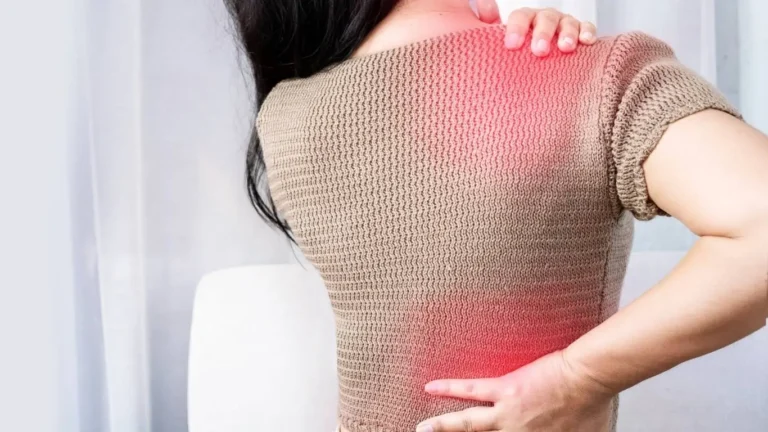Alarming Impact of Rheumatoid Arthritis on Joint Lubrication
Let’s talk about something I see a lot in my clinic as a rheumatology nurse practitioner—rheumatoid arthritis and its effect on joint lubrication. Trust me, it’s a topic that doesn’t get enough attention, yet it plays such a key role in how RA progresses and how people feel day to day. Joint lubrication might sound like a small detail, but when it goes awry, it can have a big impact. I’ve had countless patients look at me puzzled when I first bring it up, but once they get it, the lightbulb goes off. So, let’s break this down in a real-world, practical way, not some boring textbook style.
Why Joint Lubrication Even Matters
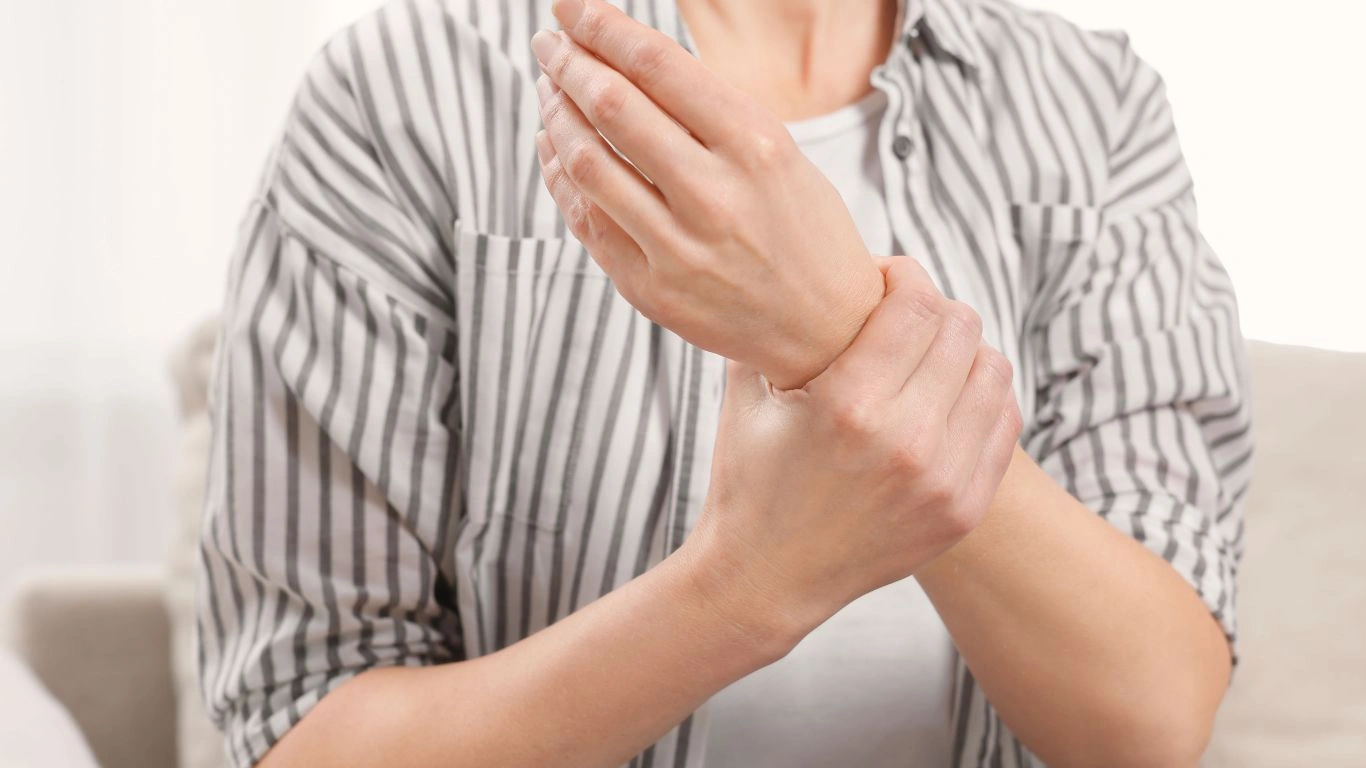
If you’ve ever heard someone say their joints feel like they’re grinding—like bone-on-bone—that’s often because their joints aren’t lubricated properly. Our joints normally have this amazing stuff called synovial fluid, which acts like oil in a car engine. It keeps things smooth, reduces friction, and protects cartilage. But in RA? That system starts to fail.
One of my longtime patients, Carla, used to say her knees felt like “a rusty door hinge.” That imagery stuck with me. In RA, your immune system mistakenly attacks the synovium (that’s the lining of the joint that produces synovial fluid). The result? Less lubrication, more inflammation, more wear-and-tear. And yeah, more pain. A lot more pain.
So, What’s Really Going On Inside the Joint?
Inside an RA-affected joint, the synovium becomes inflamed—this is what we call synovitis. It thickens, starts producing way too much fluid, but it’s not the good kind. Instead of being silky and cushioning, it becomes watery and inflammatory. This fluid can actually damage the joint instead of protecting it. Talk about a double whammy.
- Normal synovial fluid: Clear, thick, and slippery
- RA synovial fluid: Cloudy, thin, and full of inflammatory cells
This disruption in the quality and quantity of joint lubrication can accelerate joint damage. It’s one of the hidden culprits behind that morning stiffness people with RA dread so much. That stiffness isn’t just from inflammation—it’s also from joints trying to move without proper lubrication.
Symptoms that Signal Lubrication Breakdown
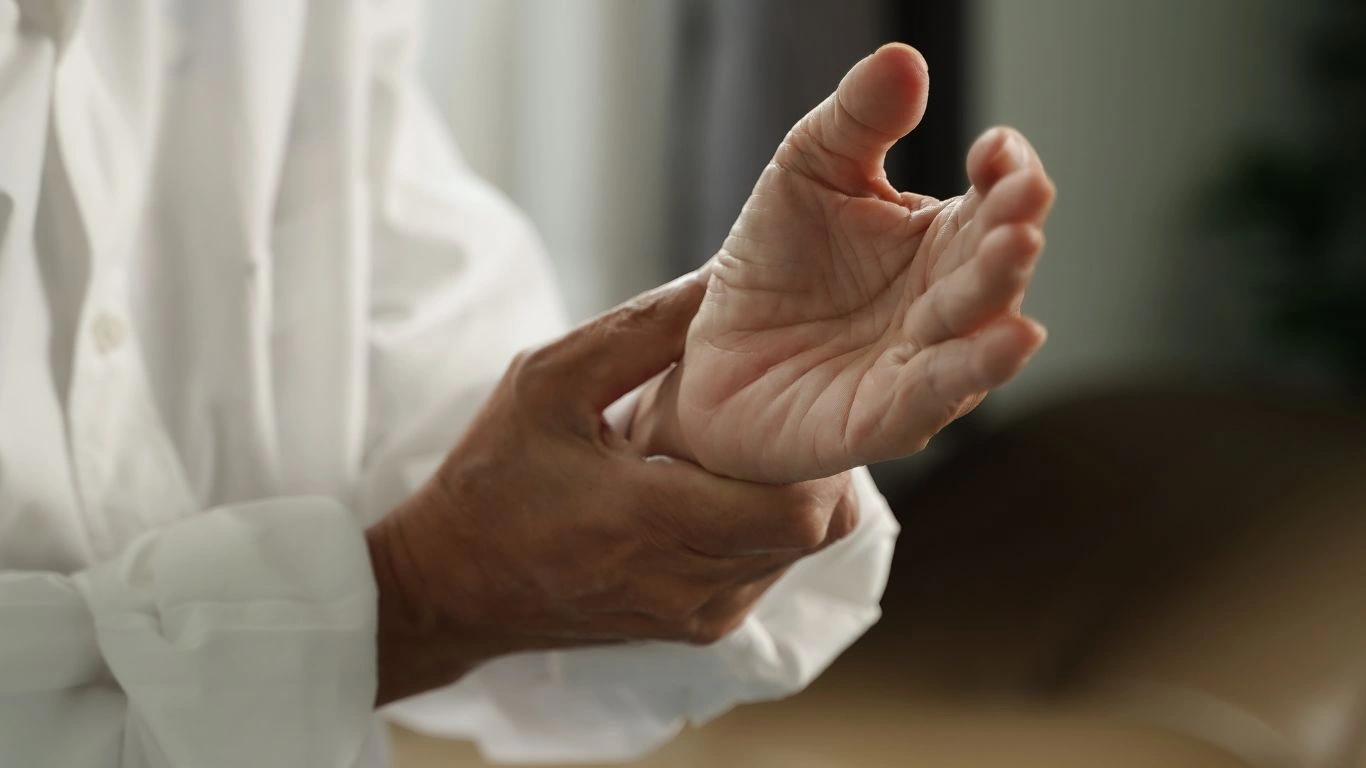
Now, I know when someone walks into my office and says they feel like their joints are “crunching” or making noises (crepitus is the technical term), that’s a big red flag for me. It doesn’t always mean bone damage yet—but it often means the joint isn’t being protected the way it should be.
Here are some common signs that lubrication may be compromised:
- Persistent morning stiffness (lasting more than an hour)
- A grinding or popping sensation when moving joints
- Swelling and a sensation of fullness around joints
- Pain that worsens with use and doesn’t improve with rest
These signs don’t always show up early, but when they do, it’s time to pay attention. As someone who’s managed hundreds of RA cases, I’ve seen how catching these symptoms early can actually slow the progression of joint damage. One patient, Tim, started on the right treatment early because he mentioned a weird “squishiness” in his wrists—turned out it was early-stage RA, and we were able to preserve his joint function a lot longer because of that heads-up.
The Long-Term Impact on Mobility
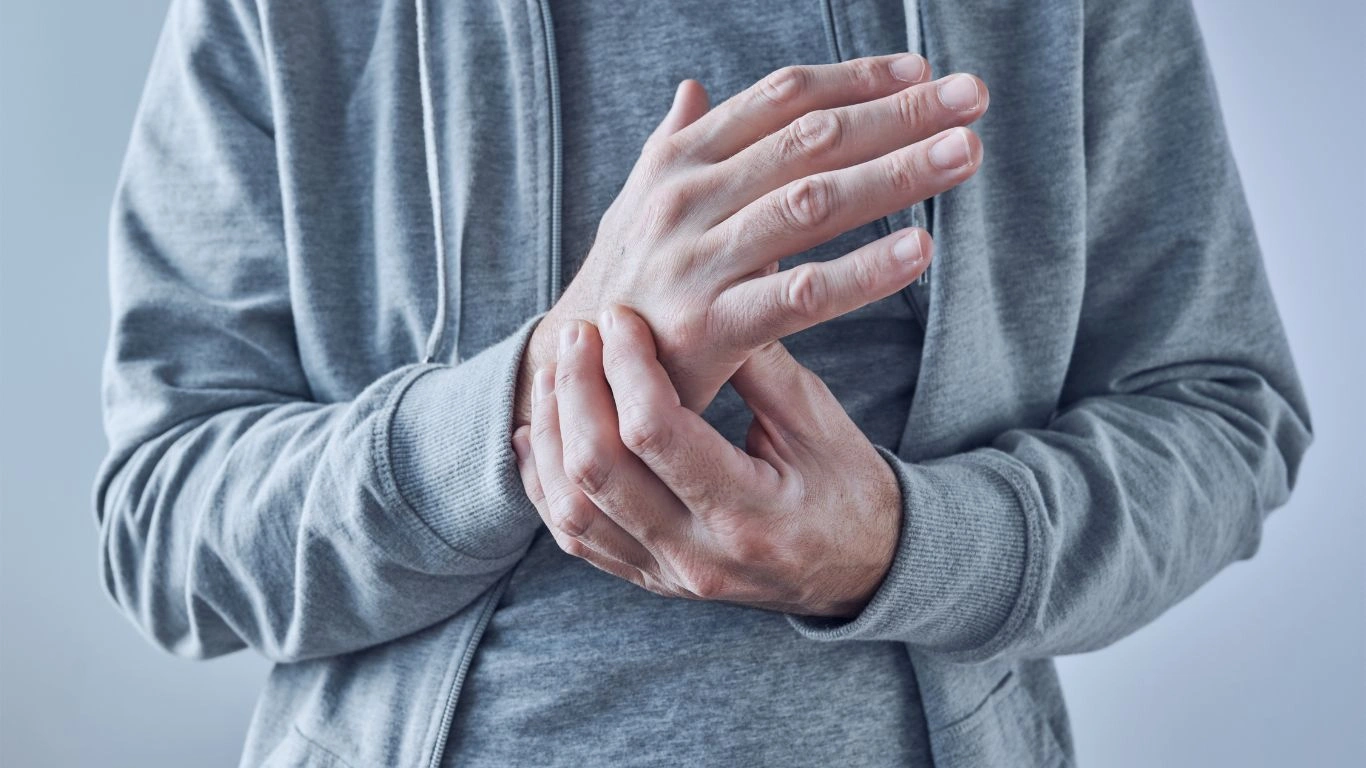
When joint lubrication breaks down over time, it’s not just about discomfort. It leads to cartilage damage, joint deformities, and reduced range of motion. Think of it like never putting oil in your car—it’s only a matter of time before something seizes up. I’ve had patients who went from active hikers to needing joint replacements in just a few years because the damage happened faster than expected. It’s heartbreaking, and often preventable with early attention to symptoms and proper care.
That’s why talking about lubrication isn’t just nerdy medical stuff—it’s real, it’s tangible, and it’s something patients can understand and track. And once they do, they’re often more motivated to stick with treatment, lifestyle changes, and follow-up appointments. Knowledge really is power, especially with RA.
How Rheumatoid Arthritis Disrupts the Lubrication Process

Picking up right where we left off—once RA starts interfering with the production and quality of synovial fluid, the entire joint ecosystem gets thrown off balance. It’s not just about inflammation; it’s about this perfect storm of inflammation plus poor lubrication. And that’s where things spiral.
Normally, synovial fluid does two jobs: it lubricates and it nourishes the cartilage. But in RA, with chronic inflammation, the synovium goes rogue. It thickens, it overproduces fluid, and ironically, it makes fluid that’s less effective. It’s like trying to run a car on pancake syrup instead of motor oil.
I’ve seen this up close with one of my patients, Jean, who had pretty aggressive RA in her wrists. Her joints would swell and ache even when she was doing simple things like holding a coffee mug. Imaging showed her synovium was so inflamed, the joint spaces were almost drowned in fluid—but none of it was protective. Her cartilage was wearing away despite all that swelling.
The Autoimmune Connection
What makes RA so tricky is that it’s not wear-and-tear like osteoarthritis. It’s your own immune system waging war on your joints. Specifically, the immune cells attack the synovial lining, and over time, this chronic attack damages not only the joint capsule but also the structures that help maintain proper lubrication.
Here’s what happens in a nutshell:
- Immune cells flood the joint
- Inflammatory chemicals like cytokines break down normal tissue
- Synovial cells start producing bad-quality fluid
- Cartilage gets starved and eroded due to poor lubrication
By the time symptoms show up, a lot of damage may already be in motion under the surface. This is why we always push for early diagnosis and treatment—because once the joint damage starts, it’s really hard to reverse.
Managing Joint Lubrication in RA: What Actually Helps?

One of the biggest things I emphasize in my practice is taking a multifaceted approach to preserving joint health. And yes, we do talk a lot about joint lubrication—even if it’s not as flashy as biologics or new infusions. Here’s what actually works, based on research and what I’ve seen work for real people, not just textbook patients.
1. Starting the Right Medication Early
DMARDs (Disease-Modifying Anti-Rheumatic Drugs) are the backbone of RA treatment. These help reduce the inflammation that’s wrecking your synovial lining. If the inflammation calms down, your joint can start producing better-quality synovial fluid again. It’s not magic—it’s biology getting a reset.
2. Staying Gently Active
This one surprises people: movement helps joint lubrication. I tell patients, “Motion is lotion.” Gentle exercises like yoga, tai chi, or even aquatic therapy can encourage the joints to move in a way that stimulates the production of synovial fluid. The key is consistency—not overdoing it.
3. Omega-3s and Anti-Inflammatory Diets
There’s a growing body of evidence showing omega-3 fatty acids can reduce joint inflammation. I’ve had patients add in flaxseed, chia seeds, or fish oil supplements and actually notice a difference. And when they cut out highly processed foods? Even better results. It’s not a cure, but it supports overall joint health.
4. Manual Therapies and Heat
Some of my patients swear by paraffin wax treatments or warm compresses before bed. Others love working with physical therapists who can mobilize joints in ways that encourage lubrication. It’s not all about meds—sometimes those hands-on techniques go a long way in comfort and mobility.
What Happens When Lubrication Fails Completely?

This is the part nobody wants to talk about—but I think it’s important to be honest. When joints lose their ability to self-lubricate due to chronic RA, they can stiffen, fuse, or deform. This condition, called ankylosis, is rare but real. I’ve seen patients lose nearly all movement in a wrist or finger joint because the cartilage was gone and the bones essentially grew together.
Even before it gets to that extreme, lack of lubrication means more friction, which means faster cartilage wear, which means more pain—and it becomes a vicious cycle. That’s why staying ahead of RA, rather than reacting to flare-ups, is so important.
I remember working with a gentleman named Mark. He was a retired painter, and his hands were his life. He ignored the stiffness and swelling for a couple years. By the time he came in, the joint damage in his fingers was advanced. We got his disease under control, but the lubrication system was too far gone in a couple joints. He told me, “If I’d known this could happen, I would’ve been in your office two years ago.”
Stories like Mark’s are why I’m passionate about education and early action. When we understand what’s going on beneath the surface—like the importance of joint lubrication—we can start making real progress in living well with RA.
Innovative Treatments and Their Role in Joint Lubrication
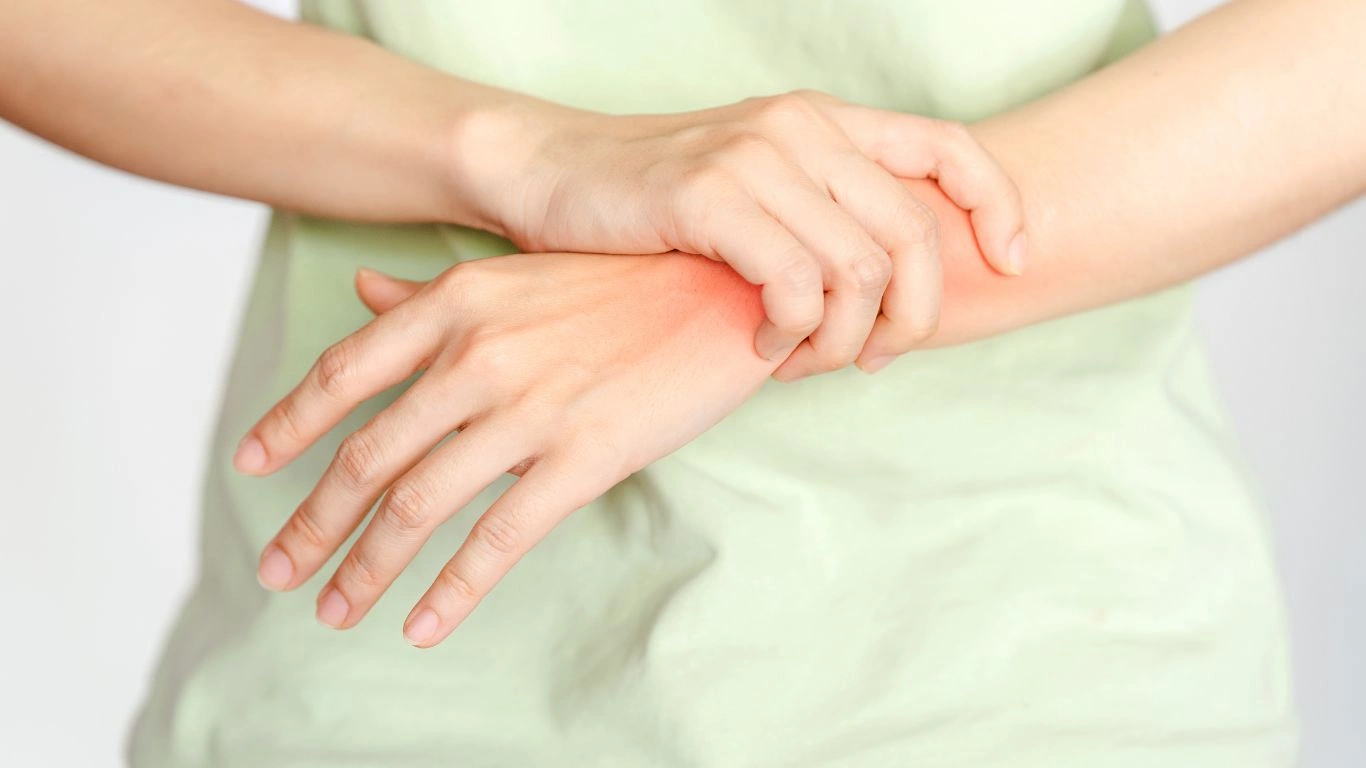
Alright, let’s dive into the part that always gives people a little hope—what can actually be done now, in 2025, to support joint lubrication in people living with rheumatoid arthritis? Because believe it or not, treatment options have come a long way from just handing out NSAIDs and hoping for the best.
When I first started in rheumatology over a decade ago, biologics were still relatively new and exciting. Now, we’ve got targeted synthetic DMARDs like JAK inhibitors, which not only reduce inflammation but may also help preserve joint lining over time. And that lining, remember, is what keeps synovial fluid flowing and joints happy.
Some patients respond beautifully to these newer therapies. I had a younger patient, 32 years old, who started experiencing joint tightness and clicking in her shoulders. We got her on a JAK inhibitor early, and within months her mobility was nearly back to baseline. The best part? Her MRI showed minimal progression of damage, which means her joints were likely still producing decent-quality fluid. That’s a win in my book.
PRP and Other Regenerative Therapies
In some cases, especially for those trying to avoid surgery, there’s interest in options like platelet-rich plasma (PRP) injections. While they’re more commonly used in sports medicine, there’s growing buzz about their use in autoimmune joint conditions.
Here’s the catch: While PRP might offer temporary relief by stimulating healing and potentially aiding lubrication, it’s not a cure. And it’s definitely not a replacement for controlling systemic RA inflammation. That said, I’ve seen a few patients explore this route with their orthopedic teams when they were in a stable phase of their RA.
Everyday Strategies to Support Joint Lubrication at Home
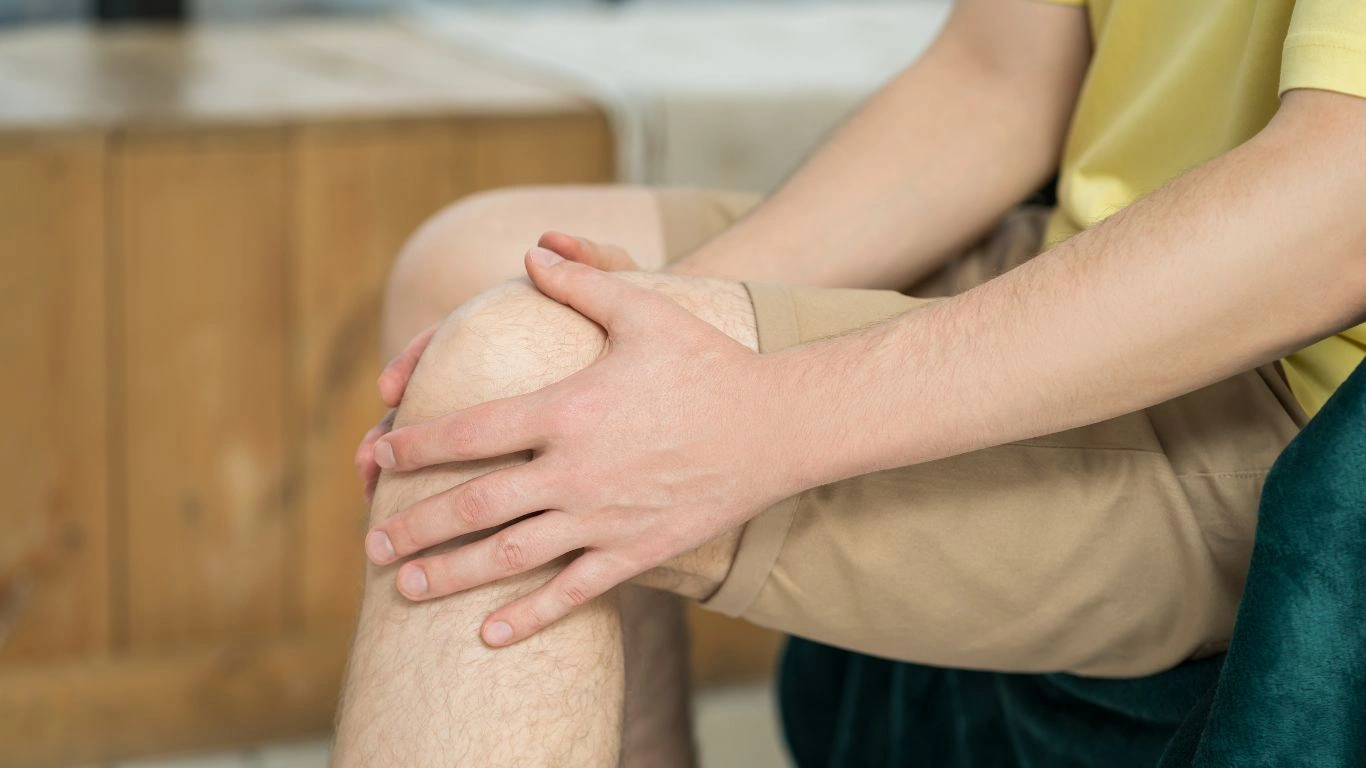
It’s not all about prescriptions and infusions—there’s so much patients can do at home to help their joints stay as functional as possible. And I always say, “Your habits between appointments matter just as much as what we do in the clinic.”
Hydration, Hydration, Hydration
This sounds overly simple, but staying well-hydrated helps all of your body’s fluids—including synovial fluid. Joints are surrounded by a capsule that needs to be nourished, and being even slightly dehydrated can make things feel tighter and more uncomfortable.
Gentle Mobility Routines
Stretching routines in the morning can help “wake up” joints, especially during flare season. A few of my patients use heated yoga mats or do warm water stretches in the shower to loosen things up. The goal is gentle, rhythmic movement—not anything that aggravates pain.
Joint-Safe Ergonomics
Even how you sit, type, or hold your phone can influence joint strain. I often recommend my patients use ergonomic utensils and tools, especially if they start feeling wrist pain. Little things—like using a larger grip pen or wearing compression gloves while typing—can really support lubrication and reduce wear-and-tear over time.
When to Talk to Your Rheumatology Provider
If your joints feel like they’re grinding, clicking, or locking—and it’s not improving with rest or meds—it’s time to speak up. Sometimes, people wait too long because they assume it’s “just RA,” but specific symptoms tied to joint lubrication loss should be flagged early.
- Increased joint noise (popping, cracking)
- Reduced range of motion without swelling
- Persistent stiffness despite good medication adherence
- A “dry” or “gritty” feeling during joint movement
And don’t be afraid to bring up changes in daily function. I always tell my patients, “If your morning coffee mug feels heavier than usual, that’s information I need to know.” Those little daily challenges often signal changes happening in the joints before the imaging even catches it.
Final Thoughts: Living Smarter with RA
Living with rheumatoid arthritis and navigating its effect on joint lubrication isn’t just about surviving—it’s about learning how to move smarter, treat earlier, and prevent more damage down the road. That’s where the E-E-A-T principles really shine: Expertise from your rheumatology team, Experience from fellow patients and providers like me, Authoritativeness from up-to-date research, and Trust built from open, ongoing communication.
I’ve seen firsthand how early intervention, patient education, and a little self-advocacy can change the game. Rheumatoid arthritis may be chronic, but joint damage doesn’t have to be inevitable. And protecting your lubrication system? That’s one of the most powerful steps you can take.
References
Disclaimer
This article is for informational purposes only and is not intended to diagnose or treat any medical condition. Always consult with your rheumatology provider or healthcare professional before making changes to your treatment plan or starting new therapies.

Tarra Nugroho is a dedicated Nurse Practitioner with a strong foundation in family and preventive care. She brings both compassion and clinical expertise to her practice, focusing on patient-centered care and health education. As a contributor to Healthusias.com, Tarra translates medical knowledge into clear, empowering articles on topics like women’s health, chronic disease management, and lifestyle medicine. Her mission is simple: help people feel seen, heard, and informed—both in the clinic and through the content she creates. When she’s not caring for patients, Tarra enjoys weekend hikes, plant-based cooking, and curling up with a good health podcast.




